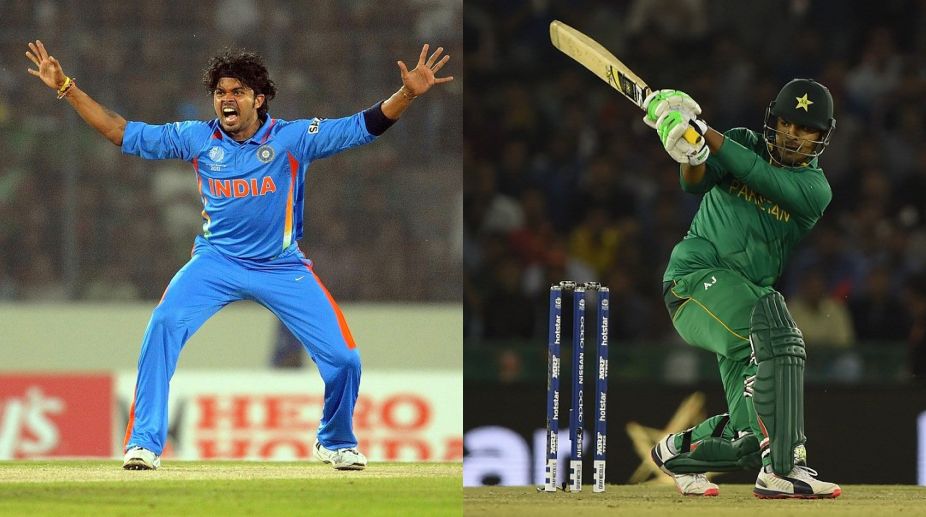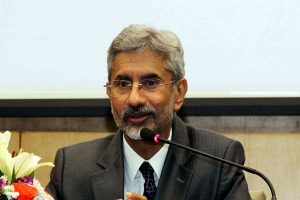“A gun is no more dangerous than a cricket bat in the hands of a madman,” said Prince Philip, Duke of Edinburgh. Watching the spot-fixing scandals coming out in the gentlemen’s game, the statement seems befitting.
Here’s the list of some of those who were held guilty of spot-fixing. The punishment ranged from restrictions for a few years to life ban. Still, some of them made a remarkable comeback, donning a stained national jersey.
Advertisement
Sharjeel Khan (Pakistan)
Pakistan’s top-order batsman Sharjeel Khan was on Wednesday held guilty of spot-fixing that tainted the Pakistan Super League earlier this year. The tribunal wing of the Pakistan Cricket Board handed the 28-year-old cricketer a five-year ban, which the Sindh cricketer will serve in two phases of 2.5 years each.
According to media reports, Sharjeel’s lawyer Shaighan Ejaz has announced that a decision has been taken to appeal against the ban, though its grounds would be decided after the full order of the tribunal comes out by 7 September.
A source close to Sharjeel has revealed that he is innocent and not willing to carry the tag of spot-fixer for lifetime. “Sharjeel has also conveyed to the cricket board that he is not satisfied with the decision as the tribunal has found him guilty of two major charges. He is willing to accept the charges of being made an offer and not informing the competent authorities on time about it. But not more,” the source told PTI.
Mohammad Amir, Salman Butt and Mohammad Asif (Pakistan)
Let’s take the memories to 2010 when it all started, the year when the spot-fixing came to the international prominence for the first time. It was Pakistan’s trio of Mohammad Amir, Salman Butt and Mohammad Asif, who were tried for the spot-fixing during their England tour in 2010.
The teenaged speed sensation Amir was the youngest and most promising among the three tainted cricketers, who surrendered their spirit of play for money. On 29 August 2010, Amir was given a five-year ban for deliberately bowling two no-balls. Those two deliveries changed the course of cricketing career for the left-handed pacer.
In November 2011, Amir, along with Butt and Asif, was convicted of conspiracy charges relating to spot-fixing. The five-year ban was criticised by many, calling it ‘lenient’, due to his juvenile age and confession. Comparatively, the other two conspirators Butt and Asif were given seven and 10 years’ ban, respectively.
The suspension eventually ended the careers of Butt and Asif, but Amir made a remarkable comeback to the international cricket, returning to play in New Zealand in 2016.
Sreesanth (India) and other convicts of IPL
With the start of Indian Premier League (IPL) in 2008, cricketers reshaped the game of cricket – more aggressive, fact-pacing and run-scoring thriller. Besides the good part, the gentleman’s game couldn’t avoid the ugly side of it – spot-fixing.
During the IPL season 5 in 2012, five Indians Mohnish Mishra, Shalabh Srivastava, TP Sudhindra, Harmeet Singh and Abhinav Bali were suspended for spot-fixing.
The following edition (2013) of the cash-rich tournament was even more contaminated as some of the prime faces like S Sreesanth, Ankeet Chavan and Ajit Chandila made their debuts in spot-fixing.
The incident grabbed worldwide attention as the Delhi Police arrested the three players in a post-midnight operation in Mumbai in May 2013. The players were caught red-handed, accepting payments of up to Rs. 6 million.
Sreesanth, who played 90 international matches for India, was given a lifetime ban in September 2013. In August 2017, the Kerala High Court lifted the life ban imposed on him by the Board of Control for Cricket in India (BCCI). However, his return to the international cricket still seems a distant dream.











